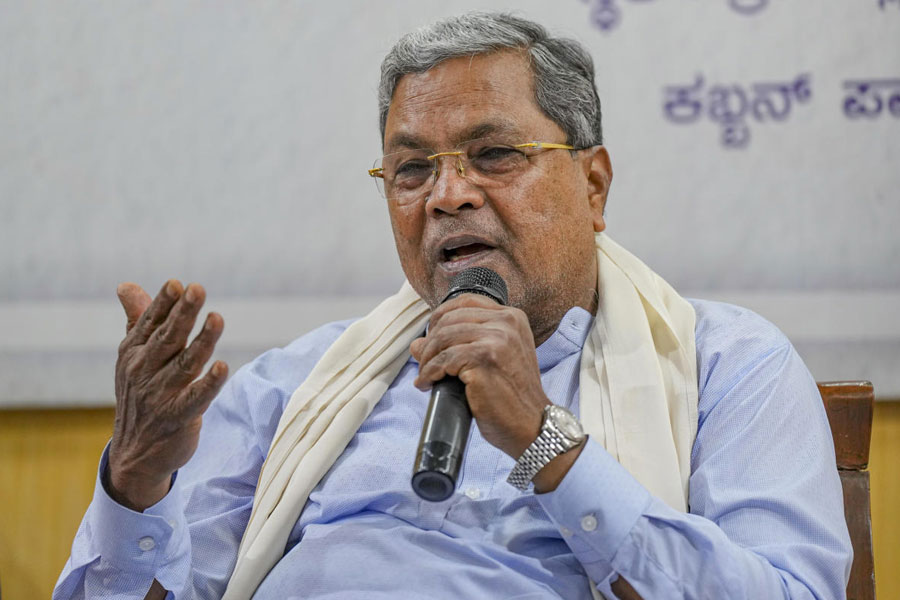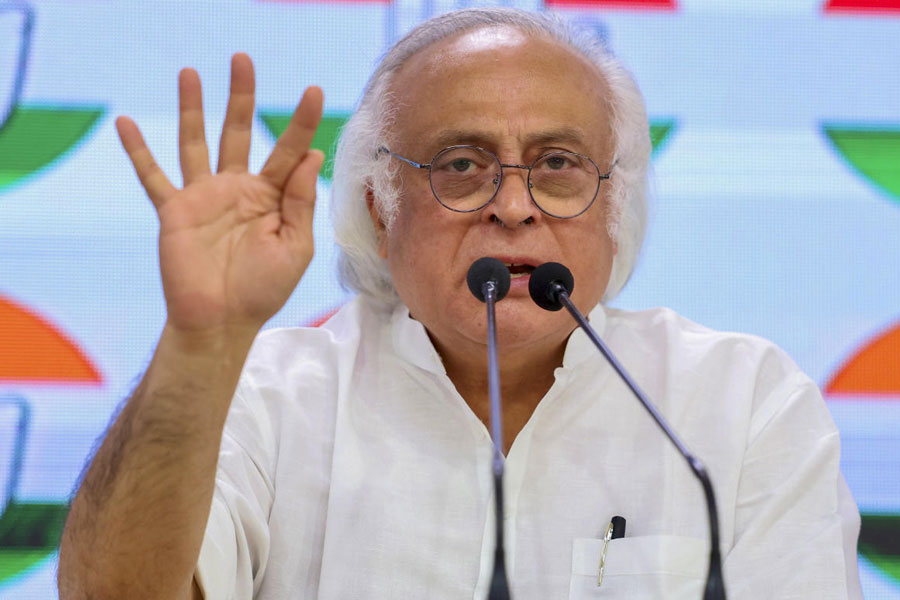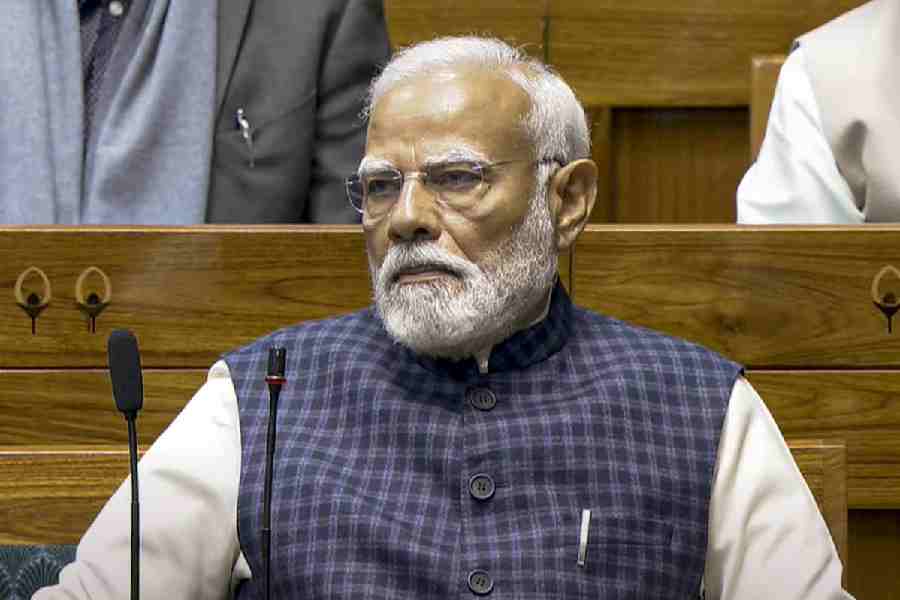 |
| Nandana dresses up like Sugandha in Rang Rasiya |
What does Colours of Passion (Rang Rasiya) being screened in your home city (at the 17th Calcutta Film Festival) mean to you?
Rang Rasiya (directed by Ketan Mehta) has been loved by festivals all over the world, but I’ve not been as moved by any screening as this one in my very own Calcutta. For one, I’ve never been hugged by as many strangers, of all ages, ever in my life. It took me an hour and a half just to make my way out, because viewers had so much to say and ask, such immense enthusiasm and emotion — it was stunning and utterly humbling. It’s wonderful to see how deeply audiences everywhere connect with such a controversial historical figure as Sugandha, a devdasi from almost a century and a half ago. Only in Calcutta would an audience cheer for artistic freedom as hard as they would for SRK or Rajinikanth.
I’ve presented Rang Rasiya to standing ovations in many cities — London, Florence, New York, Chicago — but the appreciation at Nandan was beyond overwhelming. It made it clear that Rang Rasiya’s theme of censorship touches a chord in India now more than ever. Can we ever forget the unforgivable tragedy that one of our greatest painters [MF Hussain] died in exile earlier this year?
How did your friends and family react after attending the Nandan screening?
People close to me are still in shock about how different Sugandha is from Nandana — starting from the dancer’s body language of a devdasi, which Nandana, being a klutz, totally lacks off-screen, to how alluringly feminine Sugandha appears to be, a far cry from the bespectacled, gangly, messy-haired Nandana, to how essentially ‘Indian’ and vernacular Sugandha is in every way (not at all the Harvard-educated scholar of English literature)!
What was the hardest part of playing Sugandha, Raja Ravi Varma’s muse?
I loved every stage of becoming Sugandha — from researching 19th century devdasis to studying Ravi Varma’s art in immense detail, to rediscovering the mythology of our epic heroines, to gaining seven kilos (as instructed by Ketan), to wearing Navwari saris continuously (even to go watch Spider-Man)! As an actor, the most beautiful challenge of playing Sugandha was finding that rare combination of sensuousness and ethereal purity that defined her.
The quintessential child-woman, Sugandha was trained to be irresistible to men; yet she had an innocence that ran very deep, that made Varma see the face of every goddess in her. Ironically, Sugandha’s journey mirrors the trials of all the archetypal Indian women she posed as — Sita, Draupadi, Shakuntala, Menaka, Damayanti, Urvashi. Playing Sugandha brought all of them back to me, all the mesmerising mythologies I had loved as a child but grown apart from in my years of growing up abroad.
How difficult was it to do the sequence where you go topless?
The entire film revolves around the consequences of Sugandha’s courage to break the norms, and along with Varma, to create history. It was wonderful to play Ravi Varma’s angelic muse and fearless love, who also became a trendsetter in her time — the first, if accidental, Indian pin-up girl. But there is one moment in the film — in which the muse inspires the artist by posing for him, thus creating a masterpiece of art together — which required me to be absolutely uninhibited. And yes, this was a difficult decision since I am personally quite a private girl. In fact, the biggest help in making that decision came from my family — both my parents (Amartya Sen and Nabaneeta Dev Sen) felt, as did I, that the scene in question was the emotional and political heart of the story, and the film would not be true to itself without it; significantly, the censor board agreed. Ideologically I always believed in this scene — how could I justify censoring myself in a film dealing with censorship? So by the time I did the scene, I was fully in character and not at all self-conscious. I was not the introvert Nandana but the iconoclast Sugandha, who broke all the rules of her time by the sheer power of her extraordinary courage and conviction.
Is there an iconic Bengali character that you’d like to play?
I love Bangla literature. There are a few extremely powerful characters created by Rabindranath, Ashapurna Debi, Saratchandra whom I’d love to play. Iconic historical figures who have always fascinated me are Nati Binodini, Kadambari Debi and Kanan Debi.
What roles interest you and what are your upcoming films?
My taste has always been a little peculiar! I am drawn to characters that are absolutely real and not stereotypes, who aren’t necessarily perfect but are intense, human and believable -— yet unpredictable.
Personally, I love stories that are deeply emotional yet totally unique, with a layer of social or political consciousness. It’s not a coincidence that right from the start many of my films — The War Within (US), Tango Charlie (India), The World Unseen (South Africa) or Sharpe’s Peril (UK) — had an anti-war theme. Doesn’t matter to me whether the films I choose are labelled ‘mainstream’ or ‘experimental’, small or big budget, historical or contemporary, regional or international. Consequently, I have a fun and very mixed bag of films coming up, which include a politicised love story about intolerance in both Banglas, and a French-Italian co-production about the confrontational journey of an Italian anthropologist and an Indian actress.
Once I finish these, I’ll be starting a reincarnation love story set in the US and India, dealing with sati. The Hindi films I’m working on are also exciting and very different from each other. One is a riotously funny children’s film about social perceptions of divorce and re-marriage, and the other a drama about reclaiming memory to heal from trauma. It shows the constant clash between our public personas and our interior worlds.

Rang Rasiya essentially focuses on the artist and his creative freedom, says Suman Mukhopadhyay.
Nandan is trembling with excitement in an electrifying atmosphere... people pouring in like a flood, all the aisles, staircases are filled up, and every inch of the carpet is crammed.
Frequent applause and appreciation shows the euphoria. It is the single screening of the much-discussed, long-awaited controversial film Rang Rasiya (Colours of Passion), directed by Ketan Mehta, at the 17th Calcutta Film Festival. Those who know about Ketan’s cinematic oeuvre from Bhavni Bhavai to Rang Rasiya must admit that he, as a filmmaker, has travelled a long road and attempted different cinematic expressions. But, as the Iranian director Abbas Kiarostami once said, directors essentially make one long film divided into parts.
I have noticed that Ketan’s films bear a recurring resonance of allegorical overtones. The film can be in a pastoral landscape or in an urbane milieu; nonetheless, a sense of epic alienation lingers in his cinematic treatment. He is a superb storyteller and can dig out the deeper nuances of cinematic reality.
 |
Rang Rasiya deals with the life and times of the widely acclaimed painter Raja Ravi Varma (1848-1906). It is known that Ravi Varma led a dynamic life; his creative as well as personal life was full of vim and vigour. He was an artist known for bringing about a significant turn in Indian art and majorly influencing future generations of artists. He was the first artist to embody the Indian gods, goddesses and mythological characters in a down-to-earth, human milieu. His style was adopted by the Indian ‘calendar art’ — portraying omnipresent images of gods and goddesses. His oil paintings of important mythological moments inspired tremendous admiration and his mass reproductions through oleographs reached out to the Indian masses on an unparalleled scale. At the same time, he faced persecution and harassment from fundamentalist and conservative forces.
Trying to make a biopic puts a filmmaker into a deep artistic crisis. And when the featured personality is widely known and controversial, the task is all the more complicated. It is a difficult choice to make —which part of the life to stress and highlight, and what to leave out. Ketan and Sanjeev Dutta have sculpted an excellent screenplay from the colossal spectrum of Ravi Varma’s life and art.
It is principally focused on the question of an artist and his creative freedom, his relationship with the State and society. And, of course, the film vividly depicts the relationship between him and his muse Sugandha.
In order to do this, Ketan has had to leave out few other areas of Ravi Varma’s artistic achievements. That elimination is understandable. Now, coming to the treatment of this film, Ketan has adopted an interesting style. Ravi Varma has often been criticised for being too showy and sentimental in his style. And I think Ketan implemented the sentimental overtones of his paintings in the treatment of the film. It worked wonderfully as our mythological realm is punctuated with elevated emotional notes. But, I felt, at certain moments he went over the top with the high dramatic insinuations and ‘commercial’ trappings.
Cinematographically (Christo Bakalov and Rali Raltschev), it is a film of sheer brilliance. The texture, lighting, framing, use of grainy tones, lensing and the colour palette transmit the imaginative world of Raja Ravi Varma on screen.
The production designer dexterously brings out the period. But all the kudos must go to the director for fabulously handling the characters and creating a balanced cinematic architecture. The film has its high and low points, but it is artistically poised. The sequence where Ravi Varma starts his painting of Saraswati using Sugandha as the model is designed very well. The use of whites in the curtains, in the costumes and the stark white canvas awaiting the touch of the brush create a sacred moment. And, of course, edited with elan to a musical interlude, the sequence where Ravi and Sugandha, smeared in assorted colours, slowly go into an amorous erotica is truly fantastic.
I didn’t like the portrayal of the plague scenes. I think they could have been shot with more precision.
This film has laudable acting. Randeep (Hooda) and Nandana (Sen) are truly commendable as the protagonists. I want to mention Gaurav Dwivedi for his subtle portrayal of Raja Varma (Ravi Varma’s brother).
The film raises some very pertinent questions about artistic freedom. Throughout the film, on this 19th century maestro, a strange sense of tragic failure disturbed me. An artist of our times, in the second half of the 20th century, faced a similar predicament at the hands of fundamental forces. He had to leave his own country and was never allowed back. We have walked more than a hundred years after Raja Ravi Varma, but what has actually changed? We, the modern and progressive Indians, remained helpless in the face of the deportation and banishment of an Indian genius called Maqbool Fida Hussain. Rang Rasiya evokes that painful memory of our shame and makes us aware of the status of the artist in our country.
Rang Rasiya was not getting a release for the past two years. But Ketan said that it would release early next year in Calcutta. I sincerely hope for the success of Rang Rasiya.










